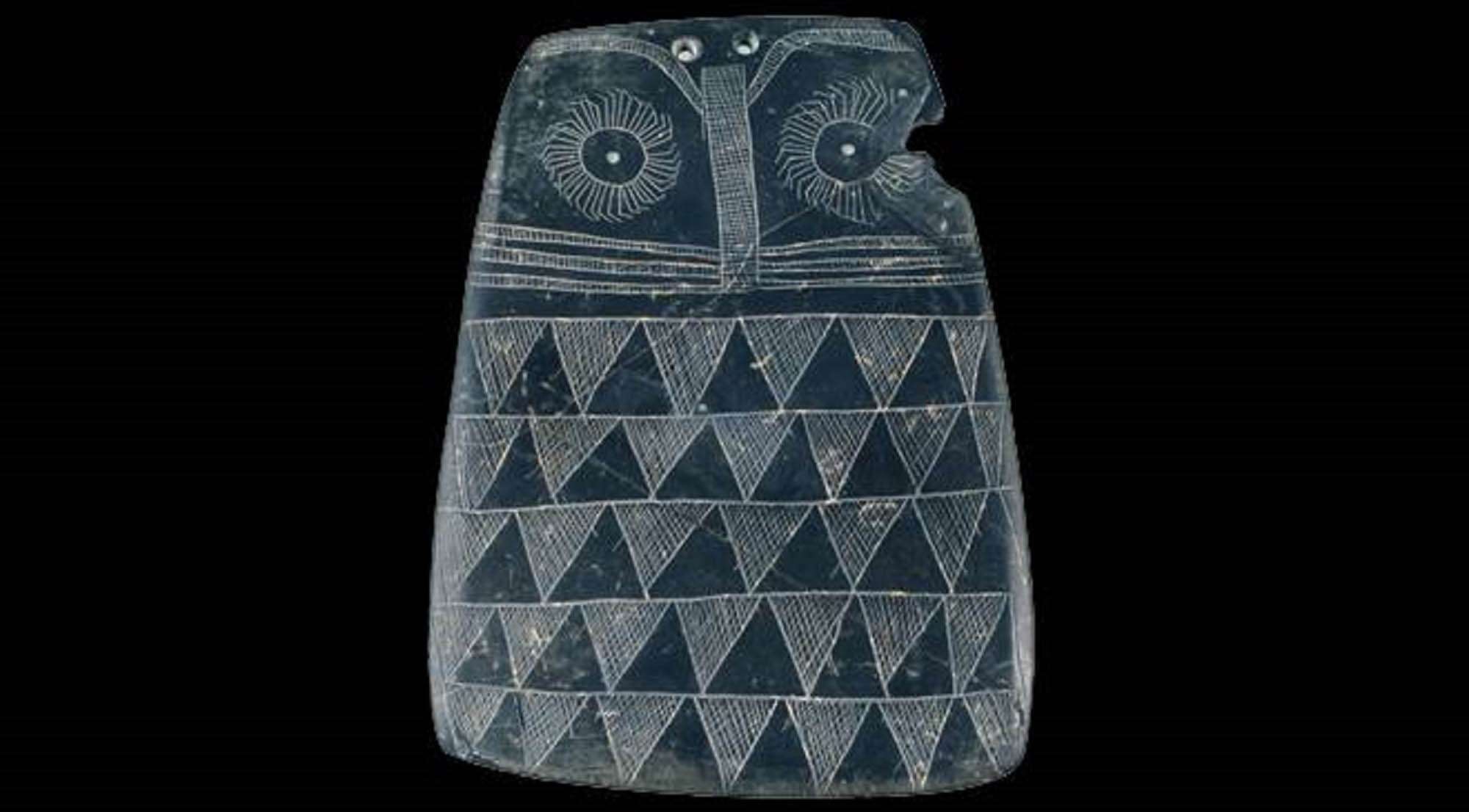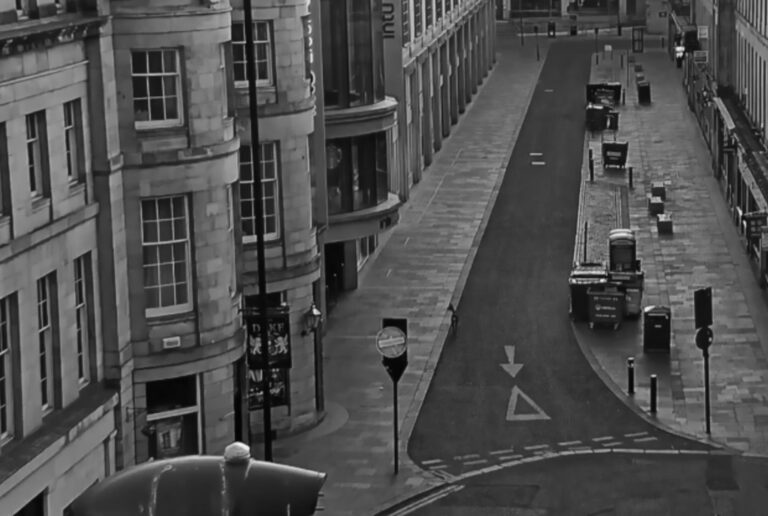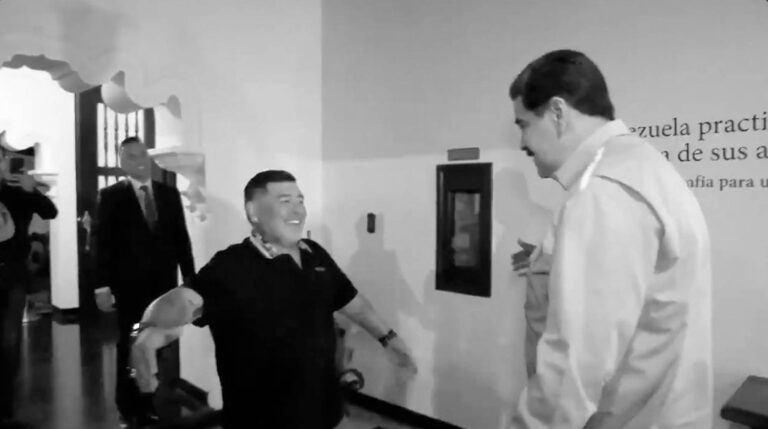Forget Lego, Barbie or even teddy bears, the world’s first-ever kids toy craze was actually carved slate owls covered with real feathers according to latest research.
Scientists believe the owls are the earliest ever kids craze for toys and that prehistoric youngsters could apparently not get enough of them after uncovering thousands of owls made from slate that were previously believed to have been religious relics.
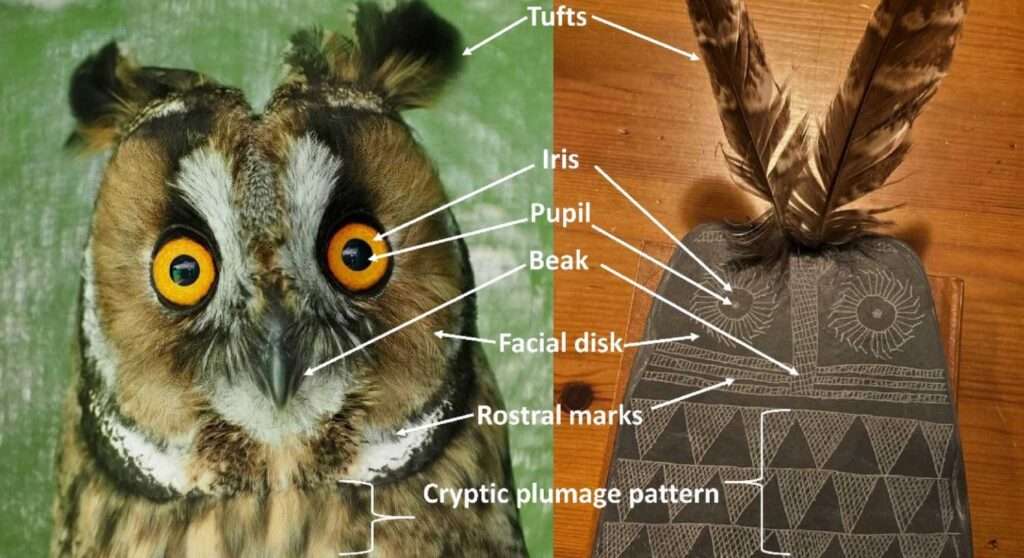
Latest research published just before the Christmas rush for toys some 5000 years later that the owls of which an incredible 4,000 have so far been uncovered were actually prehistoric child toys that would have been played with in the same way that modern kids play with action figures, dolls and amulets.
The team, led by Juan José Negro , a researcher at the Higher Council for Scientific Research (CSIC) at the Doñana Biological Station (EBD), compared the owl -shaped pieces of slate with the drawings of children of today and believe that the creators of the mysterious objects often found in tombs from 5000 years ago were also probably the children themselves.
They believe that the slates, found in the graves located on the southwest of the Iberian Peninsula, were made by the children to be used toys, with their research published in the journal Scientific Reports.
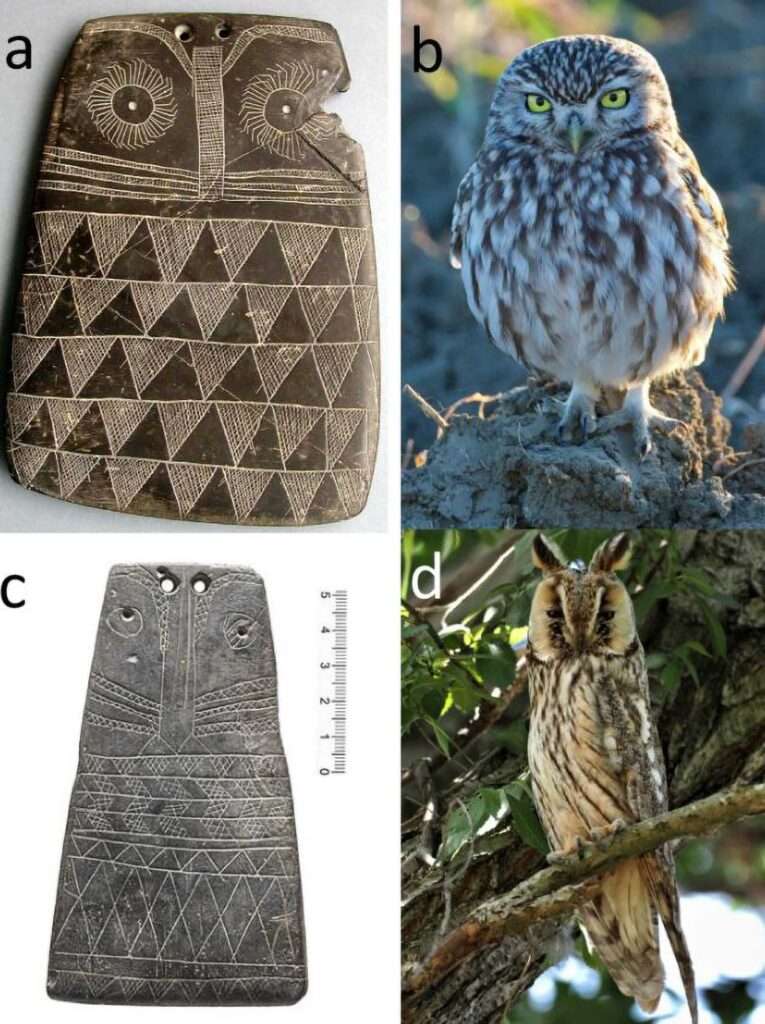
The team said that around 4,000 of these slate plates that appeared to have been created as representations of owls have been found in tombs and graves in the Iberian Peninsula.
The typically dates to between 5,500 and 4,750 years ago and often share characteristics, such as two engraved circles as eyes and an outlined body at the bottom representing the plumage of an owl.
Juan José Negro said: “Owls are a group of bird species very different from all others and are easily recognizable.
“They have a compact silhouette, with huge heads and frontally positioned eyes, like humans. Due to this peculiar anatomy, they have always been represented from the first engravings in caves 30,000 years ago until now in the same way: either directly showing their frontal part, or with their heads turned and looking at the observer.”
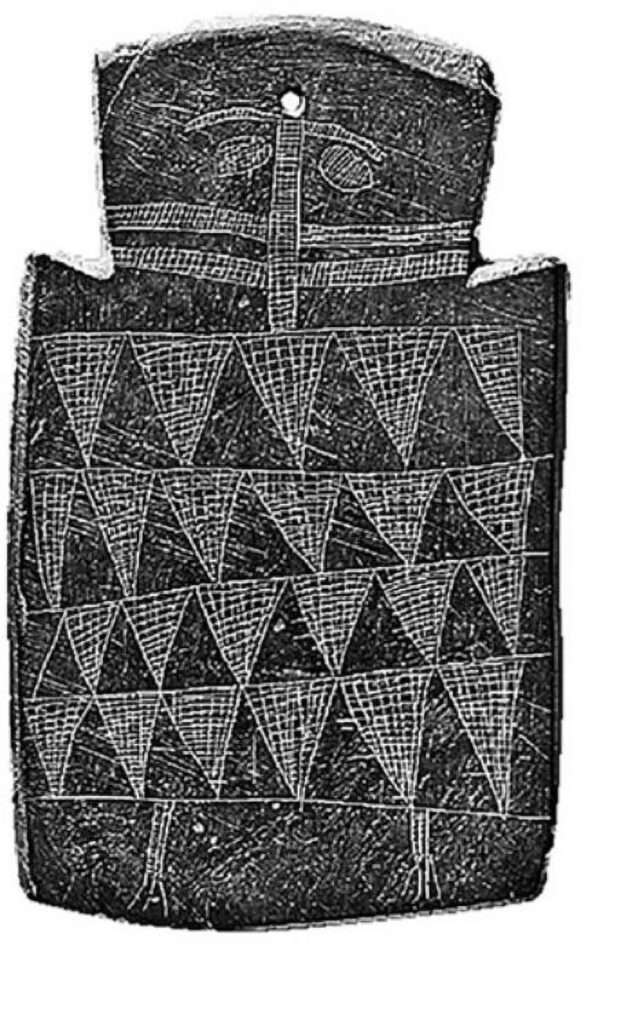
For more than a century, there has been speculation about the origin of these plaques and they were thought to have ritual significance and to represent deceased deities or people.
Negro and his collaborators have reexamined this interpretation and suggest instead that these figures could have been created by children based on owl species present in the area and that they could have been used as dolls, toys or amulets.
The team has analyzed 100 figures and ranked them, on a scale of one to six, according to how many features of the owls were reflected, such as two eyes, feathered head tufts, a pattern of feathers, a flat facial disc, a beak and wings.
Later, they compared these figures with 100 current drawings of boys and girls between the ages of 4 and 13 and observed many similarities. The drawings seemed more realistic as the children got older and more skilled with pencils.
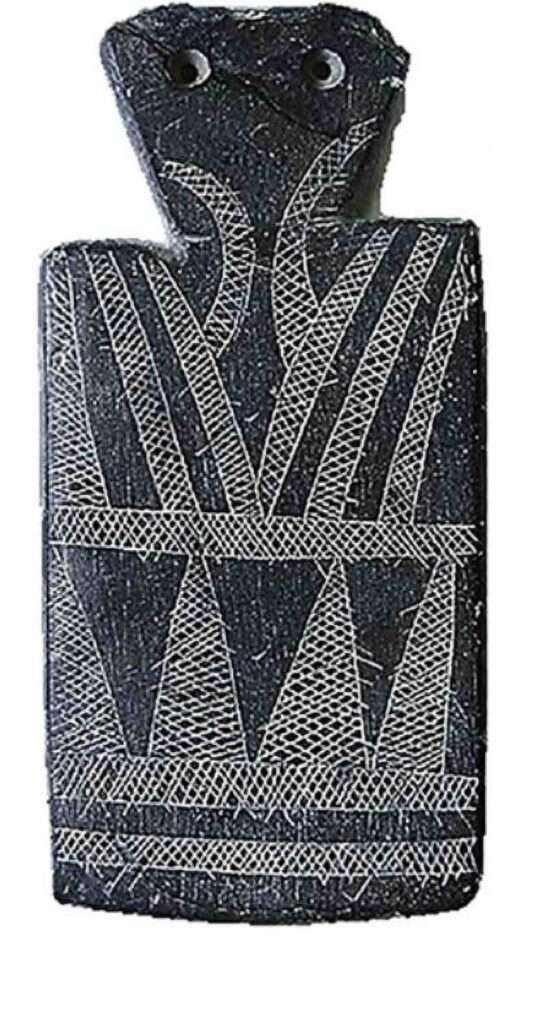
Guillermo Blanco , a researcher at the National Museum of Natural Sciences (MNCN-CSIC) and co-author of the work, said: “The children have somehow perceived that the essence of an owl is that big head with two big eyes that look at you. They’ve been painted like this since they can hold a pencil. In prehistory, they were probably represented like this since they learned to engrave a stone using another stone,”
The team has also noted that the two holes at the top of many of the figures seemed impractical to thread a string through to hang them on the wall as ritual objects. The researchers believe that these holes would have been used to insert feathers representing the feathered tufts, similar to ears, that some species of owls present in the area have on their heads, such as the long-eared owl or Asio otus .
Víctor Díaz , a researcher at the Complutense University of Madrid (UCM), another of the authors, said: “These slate slabs, so characteristic of the Copper Age in Iberia, could have been part of the learning process to handle stone objects.”
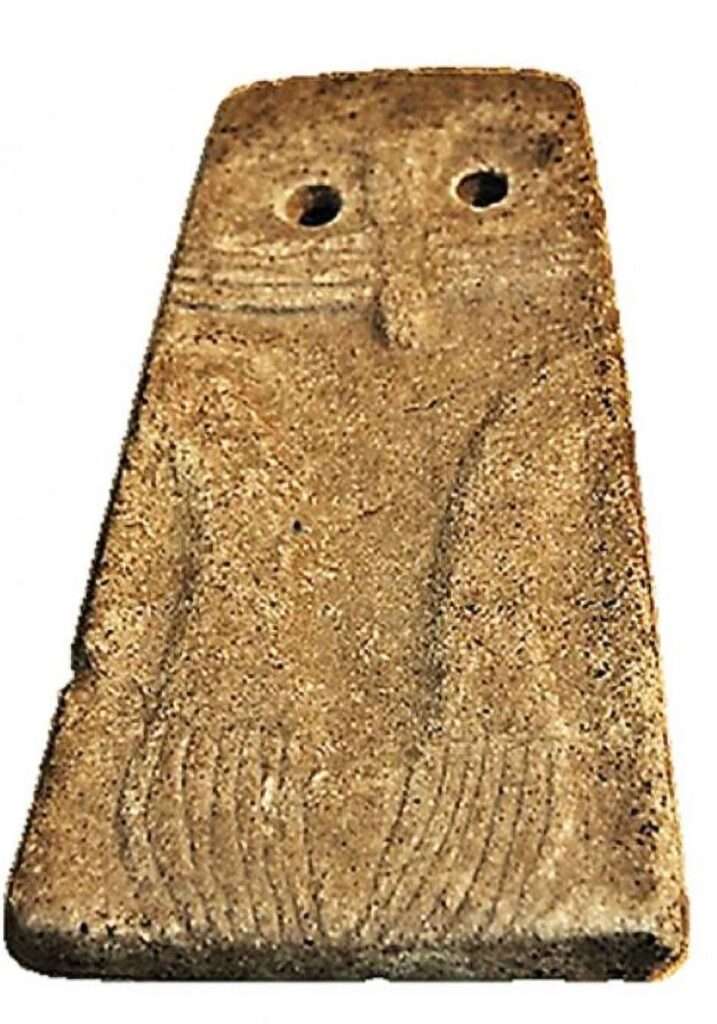
The fact that numerous plaques have been found in funerary contexts indicates that they could also be used as a tribute to the deceased. Young people could have paid homage to their elders by leaving them objects that they had been involved in making or that they appreciated. “Both issues, learning object and ritual object are not exclusive”, clarifies the researcher.
Negro suggests these figures could provide information on child behavior in Copper Age societies. “In the study of prehistory, not much attention has been paid to the cultural role of children and young people. Bearing in mind that they must have been the most important group demographically, since few people reached advanced ages, it would be important to dedicate more analysis effort to it.”
“The collaboration between evolutionary biology and art history in this study demonstrates that successful results are achieved when knowledge and perspective are brought from disciplines traditionally considered to be very remote.”

To find out more about the author, editor or agency that supplied this story – please click below.
Story By: Michael Leidig, Sub-Editor: Marija Stojkoska, Agency: Central European News
The Ananova page is created by and dedicated to professional, independent freelance journalists. It is a place for us to showcase our work. When our news is sold to our media partners, we will include the link here.

